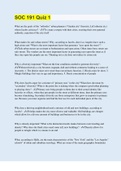College aantekeningen
College aantekeningen Web Data Processing Systems (XM_40020), Master VU AI
Alle lectures voor het vak WDPS zijn aanwezig in dit document, door dit goed door te nemen en goed te oefenen is een goede cijfer gegarandeerd.
[Meer zien]













